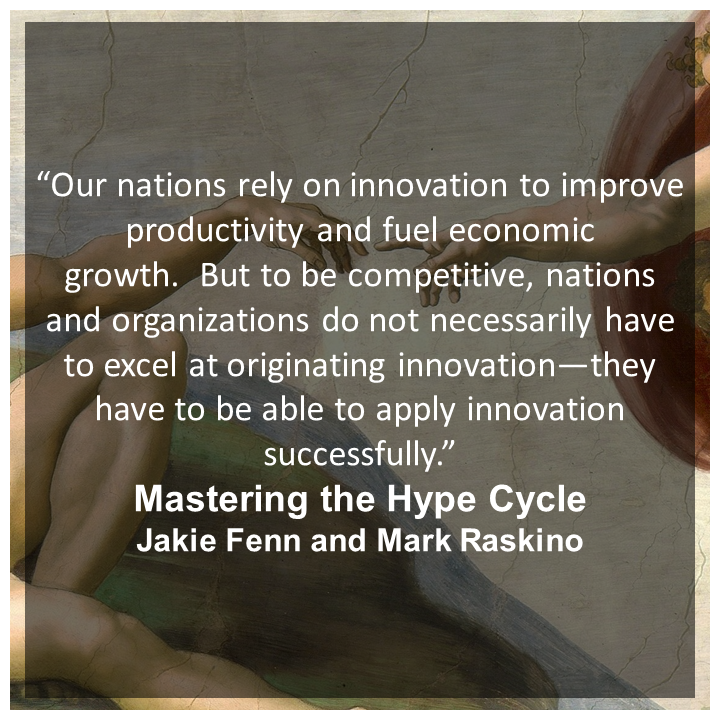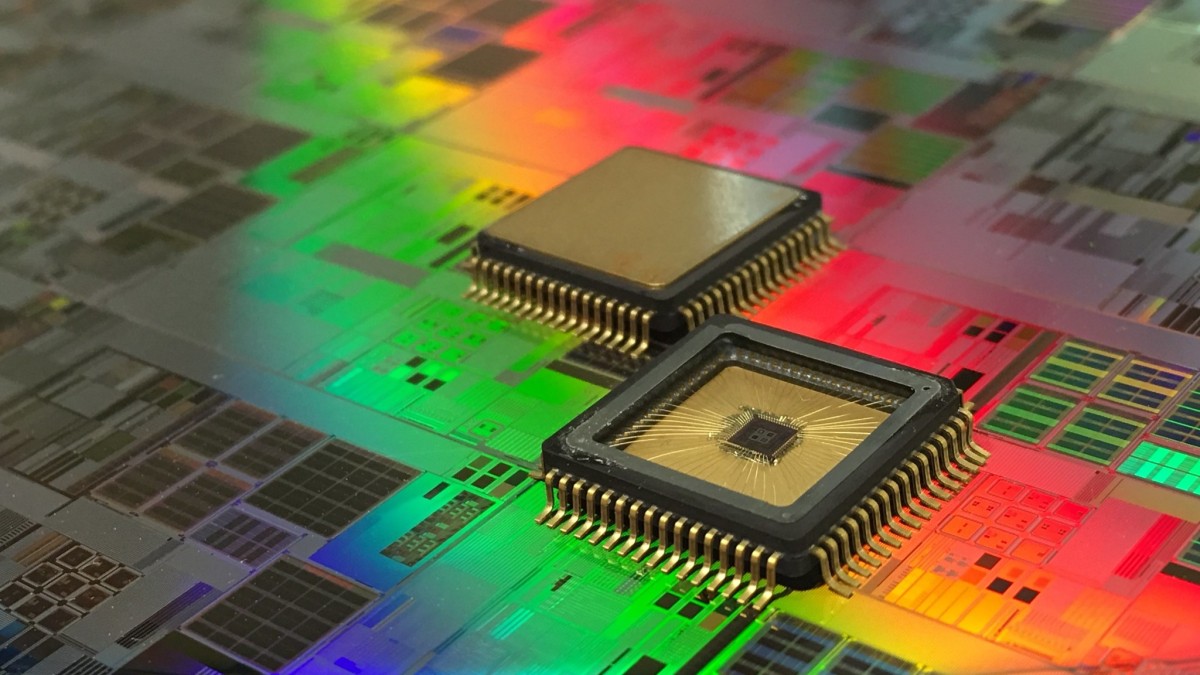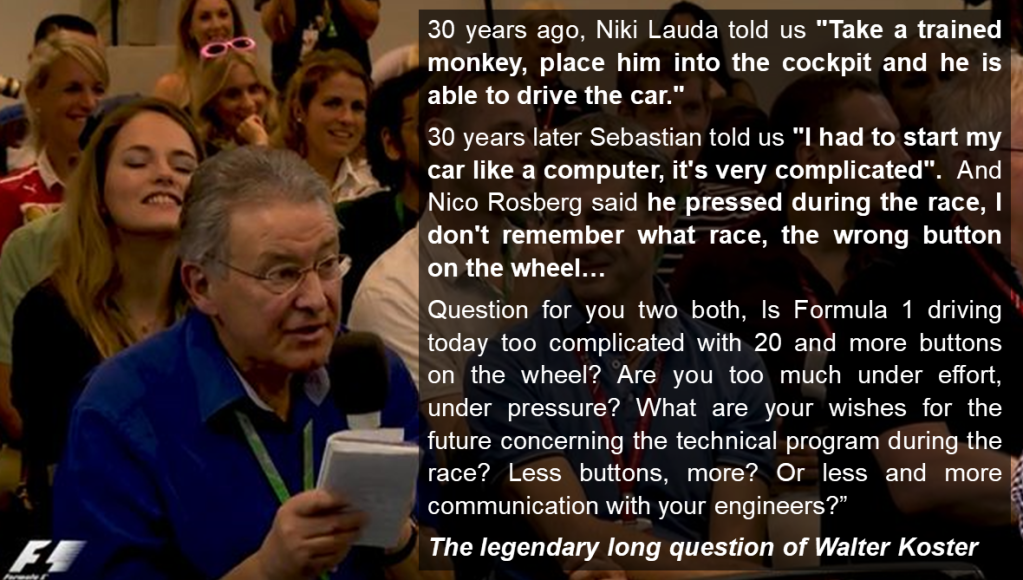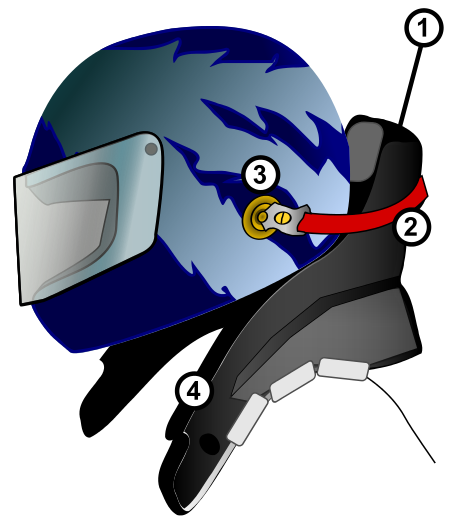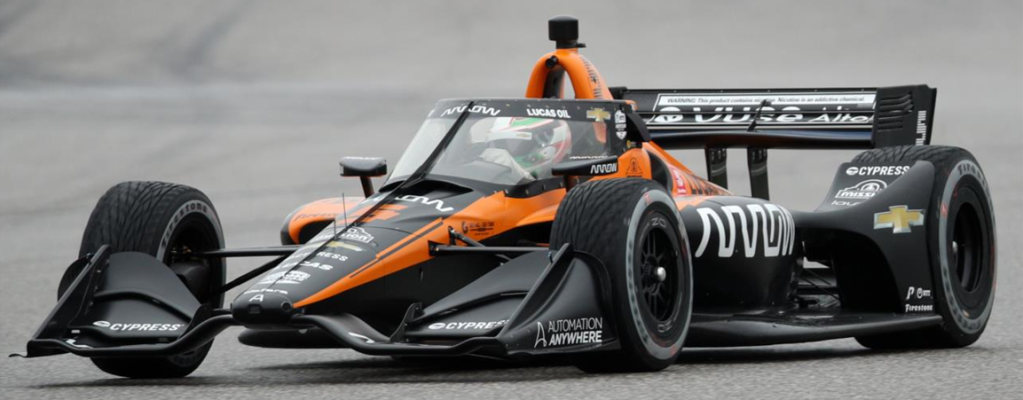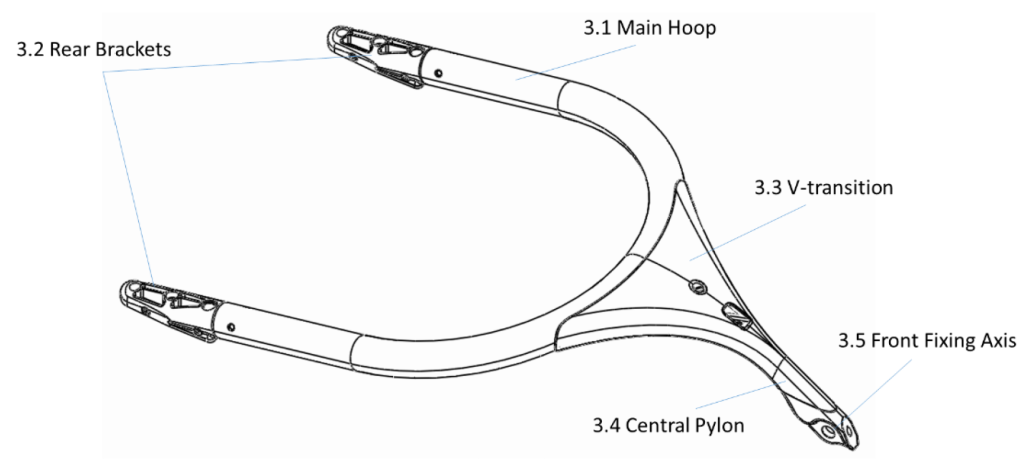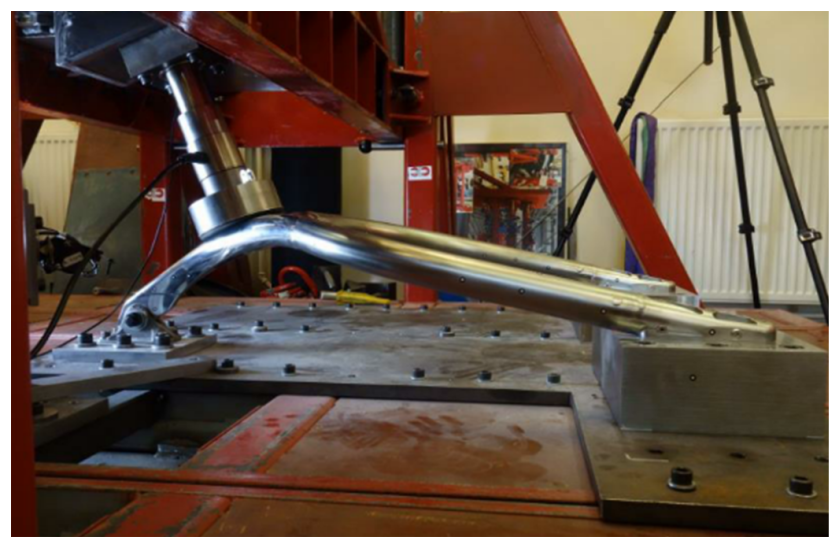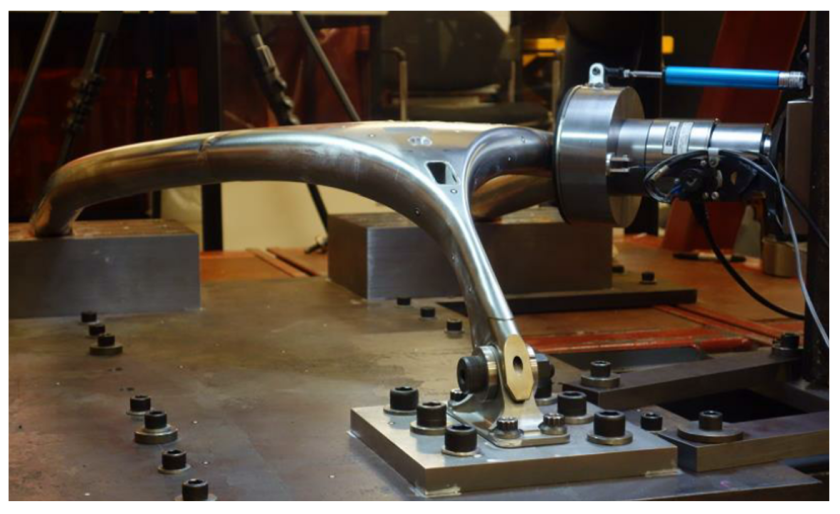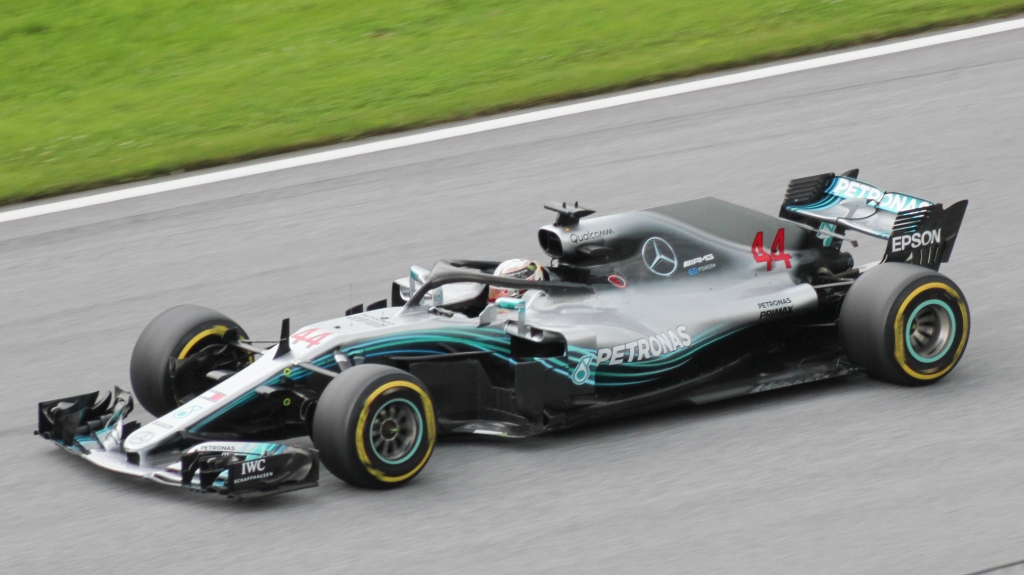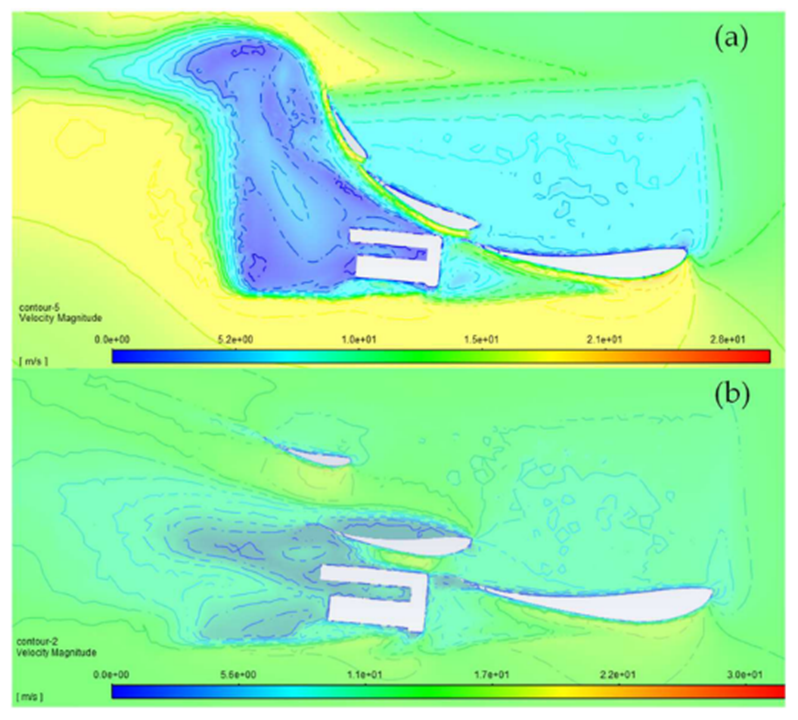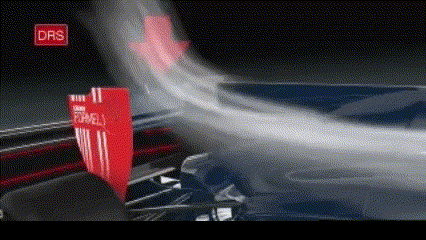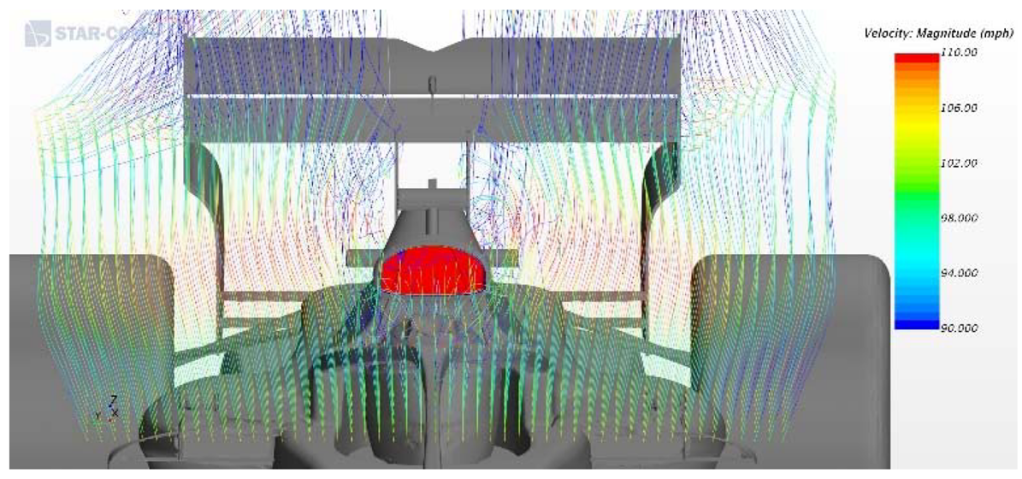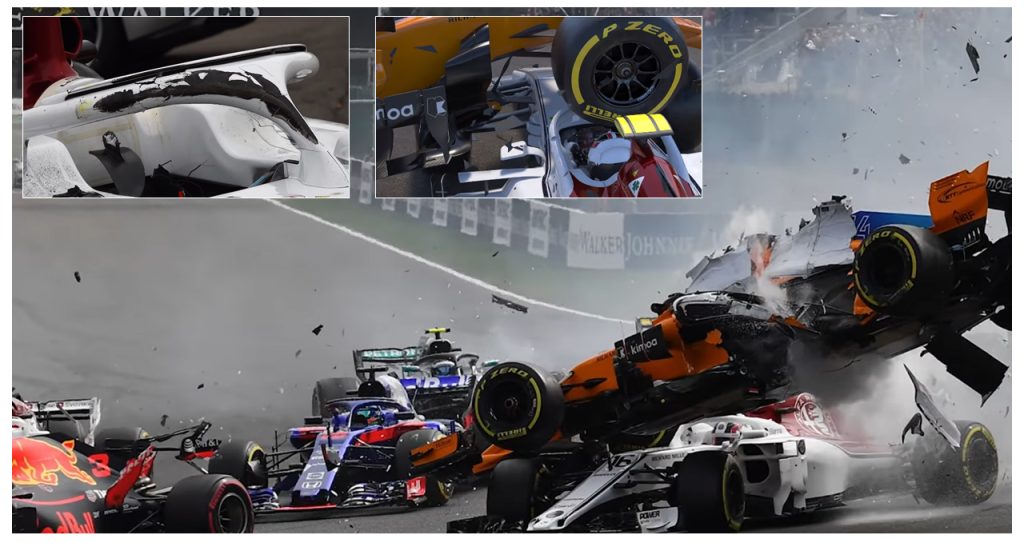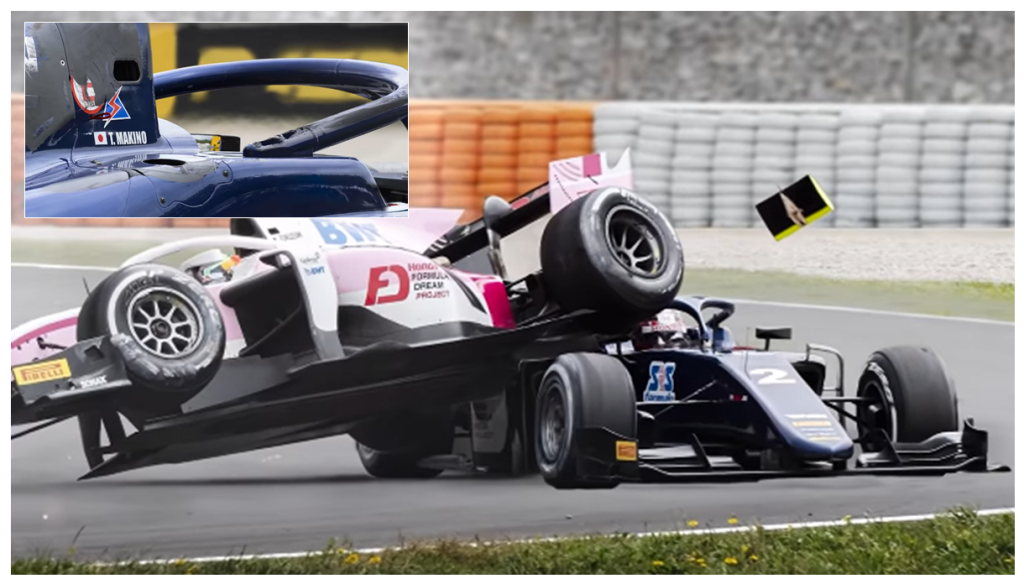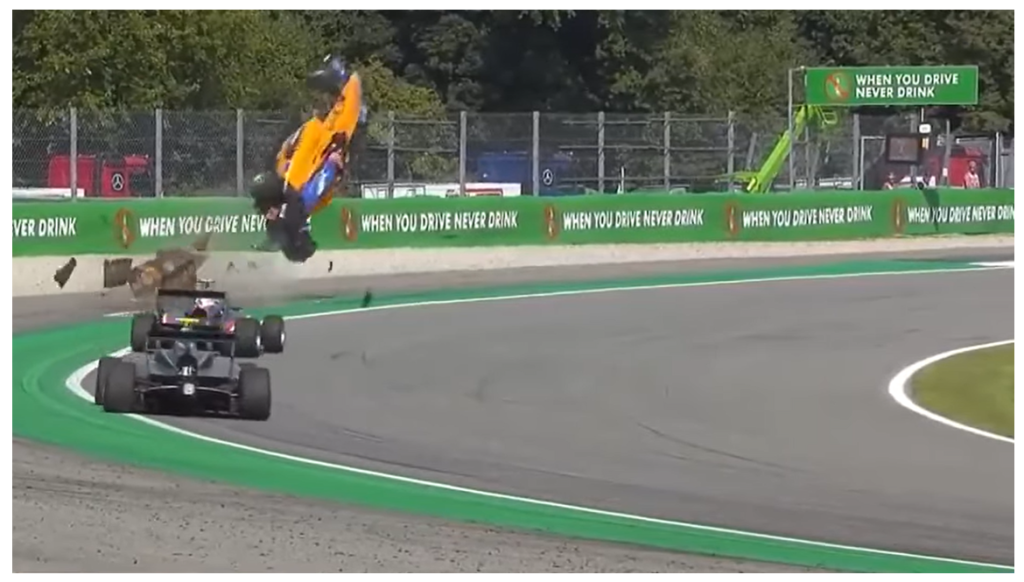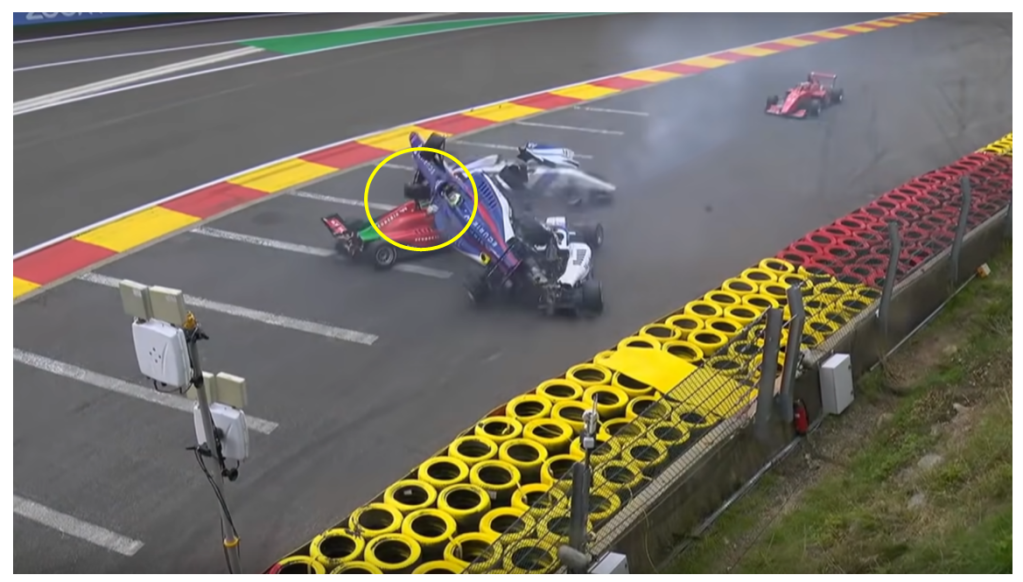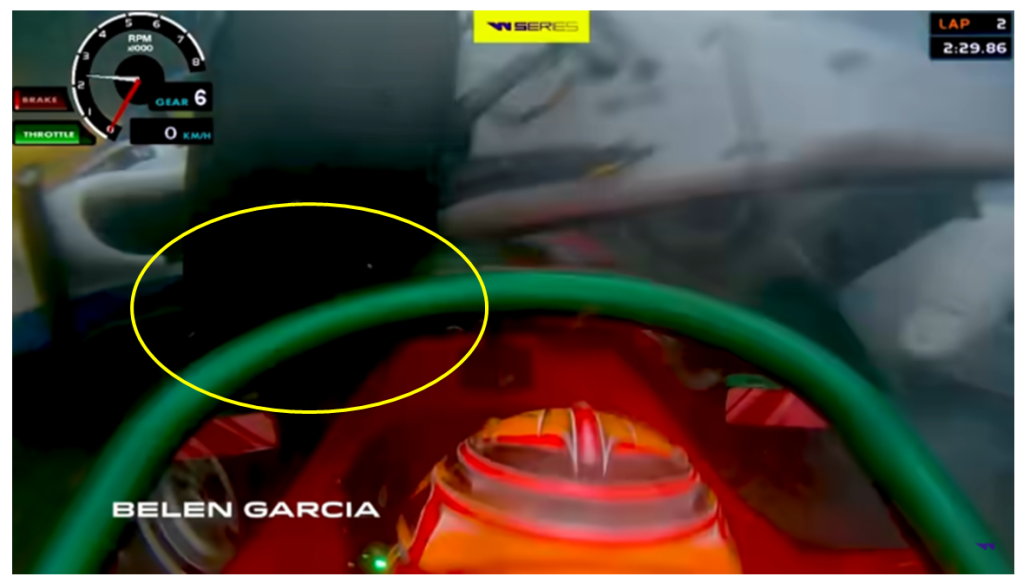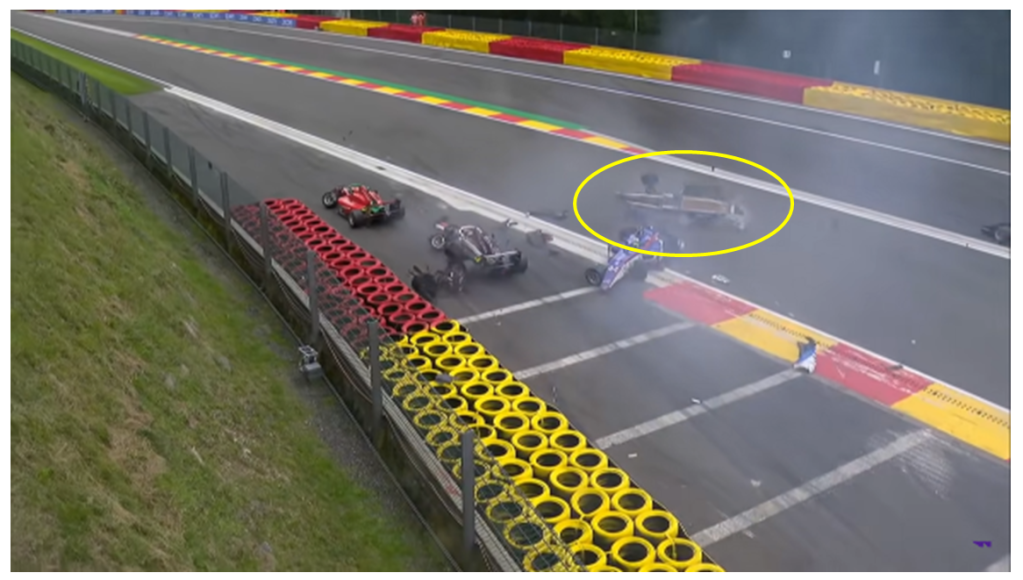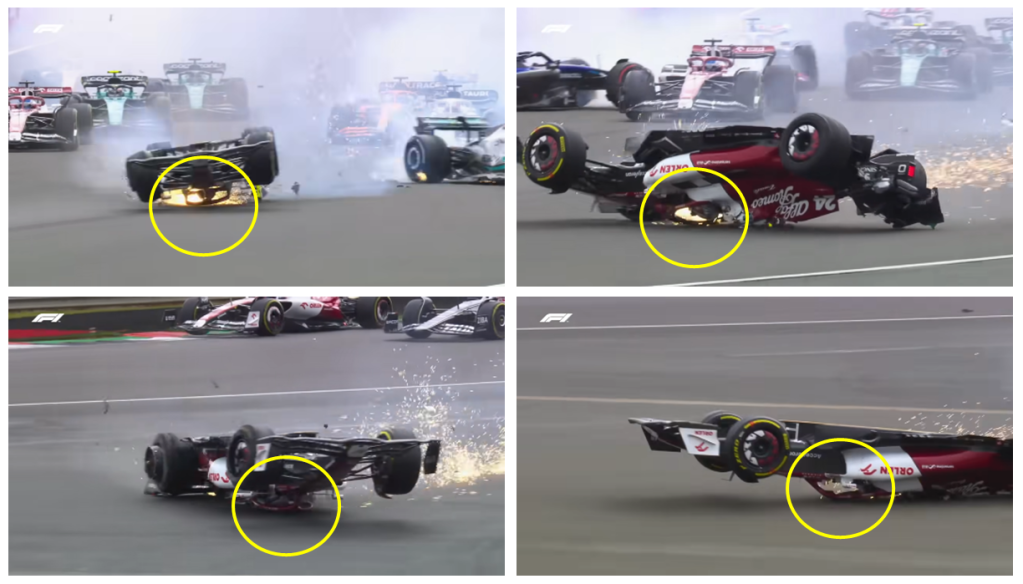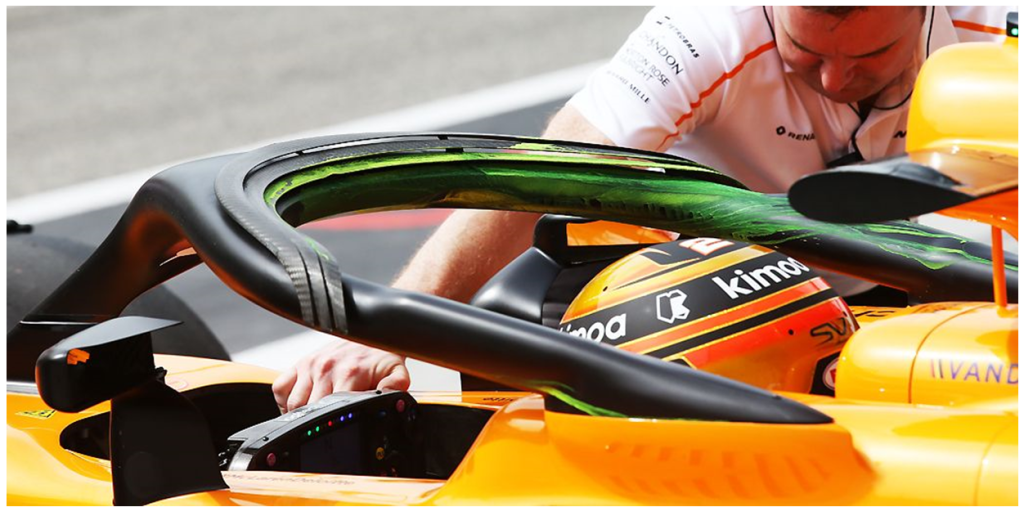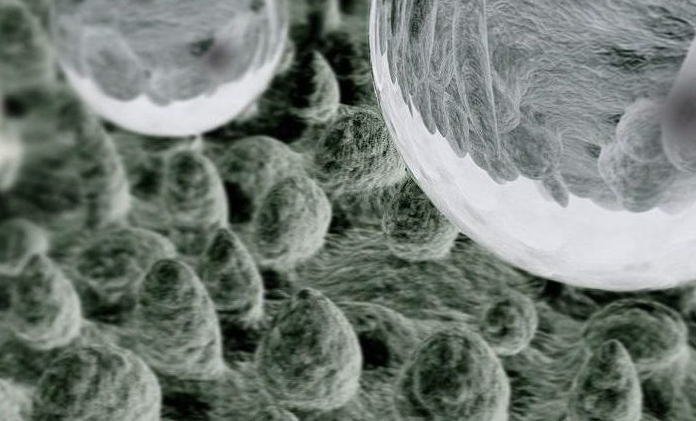How to gauge the trend and acceptance of any emerging technology?

The Wheel and The Fire
One of the key differentiating factors that created a totally separate path for the evolution of humans from the apes and other species is the invention of tools. Right from the invention of the wheel and the fire to the invention of steam engines to the invention of the computers, smartphones to the invention of artificial intelligence – our tools to interact with the world around us keep on getting more and more sophisticated thereby uplifting our lifestyle. This is way different than how other species live, interact with the world around them and exist on the earth – our home, their home.
Any sufficiently advanced technology is equivalent to magic
Arthur C Clarke
Imagine if you traveled back in time and showed ancient Egyptians a smartphone? You may explain it to them as a tablet sitting in hands made up of the components built from sand which could show you the extremely detailed real-time pictures from the location far from their locations or you can send your voice and receive the voice from the other side. Given that Egyptians created some of the astounding engineering marvels that world has ever seen, even after that a smartphone will be equivalent of a pure magic for them.
Now coming back to the future- present times, if you are told that a company has built a device which can teleport you instantly to other planet, what would be your reaction? Though seemingly magical, it is just a fiction for us due to practical reasons. We haven’t even teleported an insect from point A to point B till date.
The Think Tanks For The Future
So, there is an limit to realize the practicality of every technology. Many technological breakthroughs are happening all around the world every day but very few of them actually change the course of the humanity. That is why it is very important to identify which technology really holds the true potential. The earlier one realizes potential of the technology, the faster and bigger will they have the grasp over the world, politics, economy and society thereby maybe the whole humanity.
Many think tanks around the worlds are always invested in the prediction of the future scenarios in global politics, war fares, technological breakthroughs, epidemics. These people are called as ‘the futurists’ who are striving to predict the long-term future obviously for the sake of readiness, survival and sometimes dominance. These futurists have certain tools in their kit which can help us to understand and point out which next technological revolution will change the course of the humanity in near future. Although we are not experts of all technologies and breakthroughs happening in the world daily, these tools can help us to understand which technology can actually benefit and uplift our daily lives. These tools can help an innovation manager to point out the technology which can create differentiation to his product in the market, these tools can help an entrepreneur to select the technology to boost his/her business or startup. This can also help a common man to gauge whether a technology claimed by a company can actually bring a difference in his life.
There are these questions we keep on asking ourselves when we are dealing with new technologies coming to our doorsteps, into our hands –
Why Apple brings the technologies in their phones really late when every other device manufacturer has already made it mainstream and sometimes obsolete?
Why AI won’t actually take over the world in near future? Why EV’s may face a cold death? Why flying cars are still not practical and common product as predicted in back to the future? Why teleportation is not a reality and only a magical part of the today’s Science fiction?
What is the future of the innovations and breakthroughs we are making every day? Is there any way to predict the future value of certain emerging technology and built a product around it to create a fruitful venture/ business? How to be confident while investing in any technology based on its current condition or stage?
Amara’s Law from the futurist Roy Amara gives a deep insight into the phases every technology goes through and it also helps us to make any decision for given technology.
Influence Of Technological Breakthroughs On Humanity And Its Future
Roy Charles Amara was the president of Institute for the future (ITFT) an American non-profit think tank which works for the better prediction of long-term future. The prospects of ITFT include the exploration for the possible futures for the USA and the world, to figure out the preferences/desirability of these futures and to increase the chances to bring that future possibility into reality by finding out ways that support it.
Roy Amara gave a very important insight into how we as the human beings perceive future of any technological breakthrough and most of the times the masses are wrong about these technological breakthroughs.
Amara’s Law
“We overestimate the power and effects of the technology for a short period of time, while we underestimate the power of technology for a long period of time.”
Roy Charles Amara

In simple words, our expectations (positive or negative) from recent technological breakthroughs are always high and we are very skeptical about already existing technologies to be revolutionary and mainstream in the future.
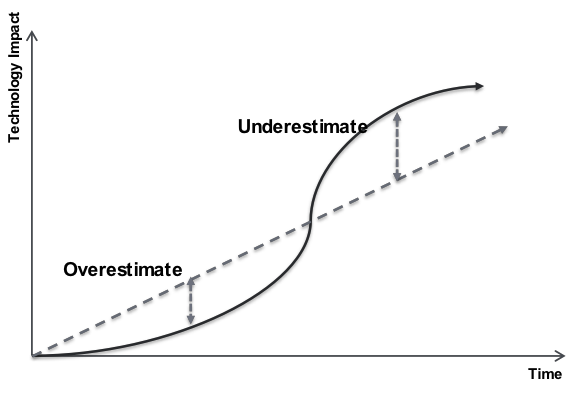
Take for example the LHC experiments which were started in CERN to better understand the subatomic particles. Some scientists predicted that there may be chances that some small black holes may form in this experiment which would engulf the whole earth into it. Same fear was lingering around the Trinity test, where many scientists thought that the Atomic Bomb test would initiate a chain reaction which could ionize the whole atmosphere of the earth thereby leading to the end of the humanity.
But, look what happened? Nothing dangerous happened during the LHC runs, the runs confirmed the presence of Higgs Boson. Although atom bomb proved to be really fatal and formidable invention of humanity, the Trinity test at Los Alamos didn’t ionize the earth’s atmosphere.
In our times, people are speculating that the AI will take over humanity and will rule over the world by enslaving everyone. Now look what ChatGPT responds when you ask some fundamental philosophical questions? (Although it is excellent in certain tasks but there is still long way to go in order take over the humanity!) There are some examples where the AI image generator could not create proper images of human hands as the orientation of fingers relative to each other is “confusing” for the AI image engine. It is also known that certain biases can be created in the AI engine based on the sample training data provided, so there is still a long way for the AI to catch up with the humanity and there is no doubt that AI will totally revolutionize our lives but, in the ways, we are yet to imagine or grasp. (although AI has already revolutionized some parts of our lives already)
Amara’s Law points out a cognitive limitation in us where it is really difficult for us to predict the non-linear behavior of technology in the coming future. We human beings are very great in predicting the linear incremental behavior, somewhat ideal and constant incremental behavior of things around us. The moment we infuse multiple variables and some non-ideality in these predictions, we make wrong decisions based on our survival instincts. We “overhype” the technology’s potentials. For given technology people may think that it will revolutionize the ways of doing things and uplift the society, some think that certain technology will take people’s jobs and push society into dystopia. Look what is happening with cryptocurrency and NFT – the technologies which were supposed to revolutionize the complete world economy. Although, blockchain is there to remain forever as an excellent invention it will change the world in totally different way than people actually predicted.


Amara’s Law is famously explained by the S-shaped curve to represent the difference between anticipated impact and actual impact of the technological breakthroughs.
Gartner Hype Cycle
Gartner Hype Cycle also throws light on some interesting concepts on the actual non-linear impact of technologies over the time. This idea was developed by an American consultancy firm Gartner Inc. named after Gideon Gartner who is called as ‘the father of the modern analyst industry’. Gartner Hype Cycle establishes certain phases in the implementation, growth and acceptance of any technology.
These phases are given as follows:
- Innovation/ Technology trigger – A new technology is presented to the world which creates intrigue, sometimes fear in the minds of the masses. The competitors panic sometimes for the probable upcoming uncertainties in business
- Peak of inflated expectations – As the technology is something new, there are very few experts to truly understand it. The hype build around it due to the insufficient knowledge of the media and communicators. This builds unrealistic expectations among the masses.
- Trough of disillusionment – There comes a time when this hyped technology starts getting implemented into real life where practical limitations keep piling up. Not only practical but also some economical, social problems start peeking this pile of problems. The expectations were already high and when such failures start becoming apparent to the mass users, the technology enters the rock bottom, the cold death
- Slope of enlightenment – After remaining in the abyss of failures there comes a time when the exact technology finds a better purpose for implementations; it’s newer generation become more people relevant more practical which people accept properly, where the society is evolved enough to accept it as their way of life. From here on this technology enters ‘the plateau of productivity’. The true value and proper points to implement the technology are identified and widely accepted in this plateau.
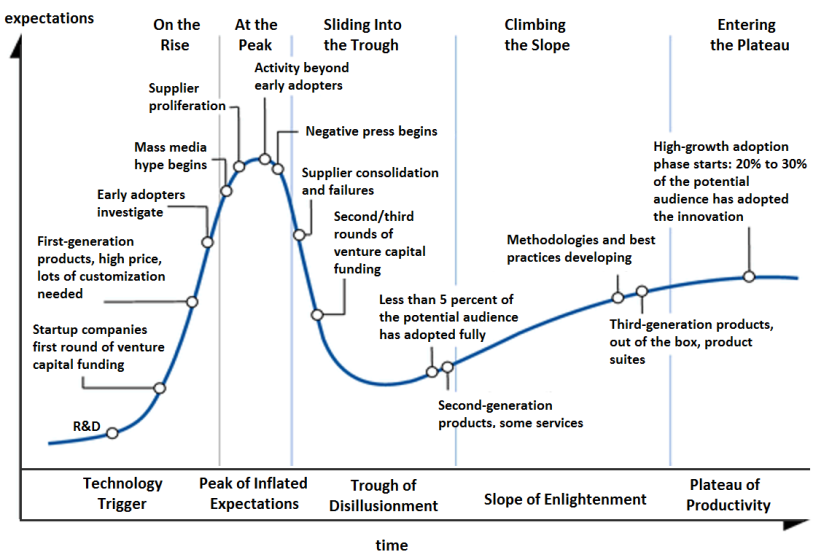
Many experts in the industry critic Gartner hype cycle as it does not provide any instructions or actions to control these behaviors for any emerging or disruptive technological revolution. One can safely say that Gartner Hype Cycle gives a generalized view on acceptance of new technology.
There is also an Extended Gartner Hype Cycle where after the plateau of productivity, the technology loses its value to the reduced returns to the business over time which further ends into the obsolescence – “the cliff of obsolescence”.
Key Takeaways From The Hype Cycle
When a policy maker, an entrepreneur, a manager understands the Gartner Hype Cycle, it will definitely help them to make informed decisions which can reduce risks and maybe save many lives.
Being patient and not getting tempted to ride on the hype wave is the first important response.
Updating the knowledge and current trends regularly will help in creating fruitful strategies against the hype.
Change is the only thing that remains forever and embrace this. Adaptations to stay ahead in the practical technology is the optimum move for any leader/ policymaker.
Understanding the long-term viewpoint from a sustainable perspective with the closeness to reality/ practicality immediately breaks the illusion of hype.
It is really important for a policymaker, a leader and even a common man to understand that creating a breakthrough does not guarantee the success in the practicality of the innovation/ technology. The innovation even though called as breakthrough has to be practical, relevant and realistic.
The Gartner Hype Cycle can explain why some tech companies wait for the technology to evolve and establish in order to deliver complete consumer experience. The hype cycle also explains why many startups who have found breakthroughs initially, fail to deliver at the end as the hype wave builds unnecessary expectations among the investors. ‘Edison’ by ‘Theranos Inc.’ founded by Elizabeth Holmes is one such example. The company was expected to create revolution in the medical diagnostic industry and was touted to be ‘the iPhone’ of the medical and healthcare industry. Look what has happened after that!
Internet and GPS (Global Positioning System) are the examples which were supposed to remain military secrets for years eventually have become the walk and talk of everyday lives and influence every part of our life now. (There was a time called dot com bubble which reiterates the hype of internet companies!)
Once you understand the Amara’s Law and Gartner Hype Cycle you can clearly see how any new technology launched in the market will behave in near future. It is not just about creating disruptive innovation to the market; it is also about solving realistic problems and understanding the key pain points of the masses.
Roy Amara’s Futurist Legacy for Predicting Breakthroughs
Any innovation which will truly impact the future should be studied for three main parameters/ premises.
- The possible – as the breakthroughs are practically ‘the trend breakers’, the study for their possibility should involve unconventional approaches that defy formalization/ structured-ness. There should also be some human element of intuition which gives a personal touch to such innovations. For example, the Science Fiction authored by a well-versed scientist/ artist who understands its practical limitations for today but anticipates that it will get solved in near future. (The motion capture technology evolved during the creation of James Cameron’s Avatar is one such good example)
- The probable – defining probability requires to understand ‘what is connected to what?’ What action will increase the chances of certain event? Thus, the process of quantifying the probability of the success of the breakthrough innovation immediately establishes the chain of reasoning to its future projection.
- The preferable – Even though the innovation is possible and most probable but if it is not required by the time and the society then it may surely face the cold death. So, prefer-ability anticipates the societal, economical, and humanistic aspects to accept the innovation. If the innovation has no net positive utility, then it won’t come out as the most probable future. (For example, even though we know that the Grade 5 Titanium is one of the lightest and the strongest materials in the mechanical world, we also know that people can’t afford the cars made out of it for daily use as the costs of manufacturing will be exceptionally high which ultimately will get transferred to end users who won’t pay for it – even when it comes to saving their lives for the amount they invest.)
This makes it very clear that an innovation needs to be realistically possible, the most probable and most preferable in order to be called as a breakthrough which holds the potential to change the course of humanity.
These are the exact reasons why people over-anticipated the trip to the Mars when Elon Musk expressed his SpaceX proposition. Now that we are seeing how difficult it is to create a rocket, how many resources, how many allied innovations need to happen, how many relevant financial, behavioral mindsets need to evolve in order to send few humans (alive!) to Mars then we are getting hold of the practicality behind sending humans to settle on Mars.
This also explains why the flying cars shown in Back to the Future are not a common reality or way of life today, it still will take time or maybe it won’t happen in future due to some other breakthroughs (like teleportation!). Back to the future successfully predicted 3D projections, Video calling, digital currency, smartwatch which were possible due to practicality and relevance.
Once you understand the Amara’s Law you can grasp that creating many innovations is not important to change the course of future, a single innovation which is practical, relevant and realistic is sufficient enough to change the course of the humanity. One can also do so by making the innovations implementable in real life,not every breakthrough guarantees immediate revolution.
“Our nations rely on innovation to improve productivity and fuel economic growth. But to be competitive, nations and organizations do not necessarily have to excel at originating innovation—they have to be able to apply innovation successfully.”
Mastering the Hype Cycle by Jakie Fenn and Mark Raskino
References and further reading:
- Mastering the Hype Cycle – How to choose the right innnovation the right time by Jakie Fenn and Mark Raskino, Harvard Business Press
- Here’s Why AI Is so Awful at Generating Pictures of Humans Hands
- Why Are AI-Generated Hands So Messed Up?
- Views on futures research methodology – An essay by Roy Amara, FUTURES July/August 1991
